Plenary Speakers
Sort by surename alphabetical order
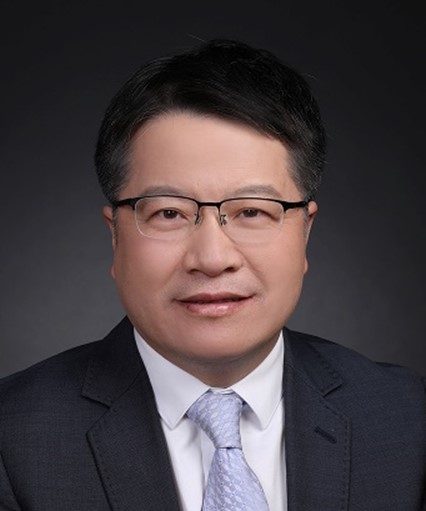
Liangcai Cao
Tsinghua University, China
Biography: Liangcai Cao received his BS/MS and PhD degrees from Harbin Institute of Technology and Tsinghua University, in 1999/2001 and 2005, respectively. Then he became an assistant professor at the Department of Precision Instruments, Tsinghua University. He is now tenured professor and director of the Institute of Opto-electronic Engineering, Tsinghua University. He was a visiting scholar at UC Santa Cruz and MIT in 2009 and 2014, respectively. His research interests are holographic imaging and holographic display. He is a Fellow of the Optica and the SPIE.
Title of Presentation:Exploiting Spatial and Spatiotemporal Priors for High-Throughput Quantitative Phase Imaging
Abstract:Quantitative phase imaging techniques can reveal the subtle interactions between light and physical objects, providing a powerful tool for biomedical and metrological applications. However, the quality of quantitative phase images is challenged by the phase ambiguities, motion artifacts and optical aberrations. In this talk, I will discuss our recent works on developing computational algorithms that exploit the data priors in both spatial and spatiotemporal domain to improve the reconstruction quality. Based on the proposed computational methods, we experimentally realized single-shot quantitative phase imaging with in-line holography, time-resolved lensless ptychographic microscopy, and high-quality synthetic aperture holographic microscopy, and demonstrated imaging of tissue slides and freely moving organisms.
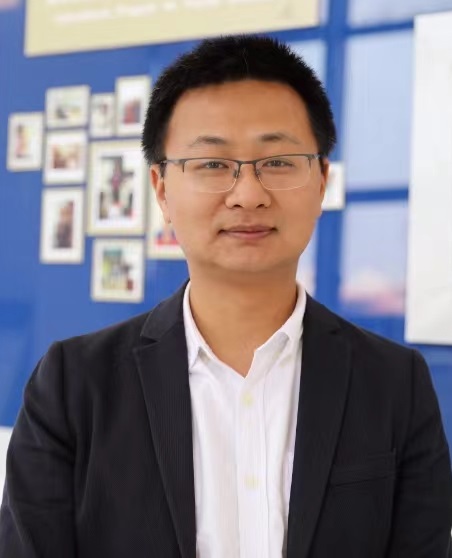
Liang Gong
Shanghai Jiao Tong University, China
Biography: Professor Liang GONG received his Ph.D. in Mechanical Engineering from Shanghai Jiao Tong University (SJTU), 2010. From 2007 to 2008, he worked as a visiting Ph.D. student with the Laboratory of Embedded Internet System, Luleå University of Technology, Sweden. From 2010, he held positions of postdoctoral fellow, associate professor and currently is currently a full professor in SJTU. He was honored as “Shennong Scholar” from Ministry of Agriculture of the PRC, “Oriental Talent” from Shanghai Municipal Government and “ Taishan Leading Scholar ” from Shandong Municipal Government. His research interests mainly focus on field robotics and cognitive science. He has taken charge of multiple cross-disciplinary projects from NSF of China, National Key Research and Development Program of China and International Collaborative Project such as Sino-UK Innovation Bridge. Prof. GONG published more than 100 SCI-cited papers and held more than 50 patents in the fi eld of agricultural robotics. Professor GONG's honors, include the Grade-I Award for Science and Technology Progress from Ministry of Agriculture (2021) and from Shanghai Municipal Government (2022). Prof. GONG is a leading investigator in precision agriculture. He serves as an associate editor of the Science Partner journal Plant Phenomics. He was also invited to deliver presentations in various universities and institutions including The University of Monash (Australia), Michigan University (USA), the University of Nottingham (UK). At Jiao Tong University, Prof. GONG founded and run the “Center for Agricultural Robotics”, which aims at developing cutting-edge agricultural robot design, perception, planning and control techniques. Within the Center, Prof. GONG ’ s team invented a spectrum of agricultural robots such as dual-arm fruit picking robot, leafy vegetable harvesting robot . Prof. GONG developed the first “Robotized Modern Plant Factory ” in China, and recently his team persists on working for “Robotized Smart Orchard” and “Robotized Smart Farm”. On the topic of agricultural robotics, in recent years Prof. GONG ’ s group has been supported by national/international funds with over 20 million RMB (3 million USD) and he has been selected to serve in the advisory committee for China’s national agricultural machinery development strategy
Title of Presentation:Current Status and Development Strategies of Agricultural Robotics Technology
Abstract:Delivered by Chair Professor Chengliang Liu at Shanghai Jiao Tong University (SJTU), the presentation titled "Current Status and Development Strategies of Agricultural Robotics Technology" explores the evolving landscape of robotics in agriculture, with a focus on cutting-edge developments. Agricultural robotics increasingly address challenges such as labour shortages, inefficiencies, and harsh working conditions. The presentation reviews global developments and trends in agricultural robotics, including field and greenhouse robots. Key technological advancements comprising “Eye” (intelligent perception), “Brain” (decision control), “Hand” (dexterous operation), and “Foot” (autonomous movement) are summarised, with highlights of their role in revolutionising traditional farming practices. Pioneering work at SJTU, including AI-driven intelligent control systems and smart agricultural facilities—such as unmanned rice seeders, field weeding robots, cotton-picking machines, and smart orchard robots—has been introduced. These systems and facilities integrate AI, cloud computing, and Internet of Things (IoT) technologies, underscoring the transformative potential of robotics in modern agriculture.
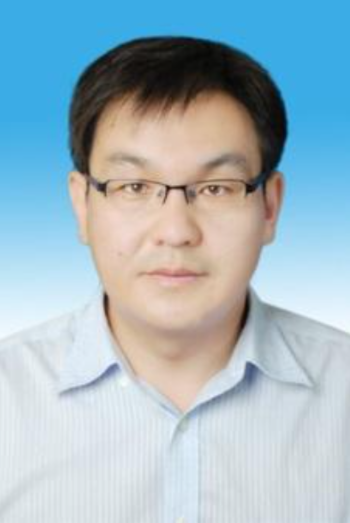
Hong Jiang
Xinjiang University, China
Biography:Professor Jiang Hong, Doctor of Engineering, serves as the Secretary of the School of Intelligent Manufacturing Modern Industry at Xinjiang University. His accolades include the Tianshan Talent Award, Outstanding Teacher Award, and recognition as an Outstanding Graduate Supervisor. He holds various leadership roles, including Director of the Rotor Dynamics Professional Committee of the Chinese Society of Vibration Engineering and Chairman of the Xinjiang Mechanical Engineering Society. Professor Jiang has been invited to present keynote speeches at numerous conferences and serves as an expert reviewer for several key journals in his field. He is well-versed in the latest development trends and research priorities. His research portfolio includes hosting two national projects, two natural science foundation projects in Xinjiang, and over ten collaborative research projects with institutions like the Xinjiang Uygur Autonomous Region Special Equipment Inspection and Research Institute. He has applied for six national patents, obtained four national software copyrights, and authored over 100 papers, with more than 30 SCI/EI indexed. His accolades for research and teaching excellence include various national and regional awards, highlighting his profound contribution to science and engineering. With extensive experience, he has led projects focused on intelligent service robot systems and developed 3D reconstruction and printing systems for dental applications. His work lays a solid foundation for advancements in intelligent manufacturing and engineering research.
Title of Presentation:The Application of Optics in Engineering
Abstract:Optics is a key technology that supports fundamental research and modern technological development. The report discusses the application of optical and visual technologies in intelligent agriculture and intelligent manufacturing equipment in Xinjiang region. Firstly, the intelligent supplementary lighting method for the growth of fruits and vegetables in plant factories, the robot vision model for averaging the illumination of fruit images, and the non-destructive testing of fruits using post harvest multispectral technology were elaborated; In agricultural plant factories, LED lights are used for targeted supplementary lighting, and a smart plant supplementary lighting system is developed to identify plant species and growth stages, in order to adjust the growth cycle of plants; For visual harvesting robots, they face different lighting changes during field operations, making intelligent perception difficult and prone to errors in recognition and positioning. Therefore, a fruit image lighting averaging model is proposed to complete the fruit image lighting averaging process and solve the problem of lighting changes; For automatic fruit sorting equipment after harvesting, multispectral imaging technology is used to collect backscattered spot images of walnut samples to analyze the impact of strong and weak light on the quality of stone fruit. At the same time, visual inspection is used to detect walnut size and external damage, achieving non-destructive testing. Then, the research on laser cladding, discharge machining process monitoring, welding position recognition, and weld seam tracking technologies in intelligent manufacturing was introduced. By solving key problems such as laser beam material coupling and shape control, efficient and high-quality laser cladding effects were achieved; By utilizing optical detection of narrow gap microsecond discharge processes in electrical discharge machining, the mechanism of material removal in electrical discharge machining is revealed; By using binocular cameras and line structured light sensors, the problem of difficult identification and defect detection of welding positions in complex environments can be overcome. Finally, the future application of optoelectronic technology, the integration of optics, visual perception, and artificial intelligence, was discussed. This technology has broad prospects for application in fields such as agriculture and industry in the future.
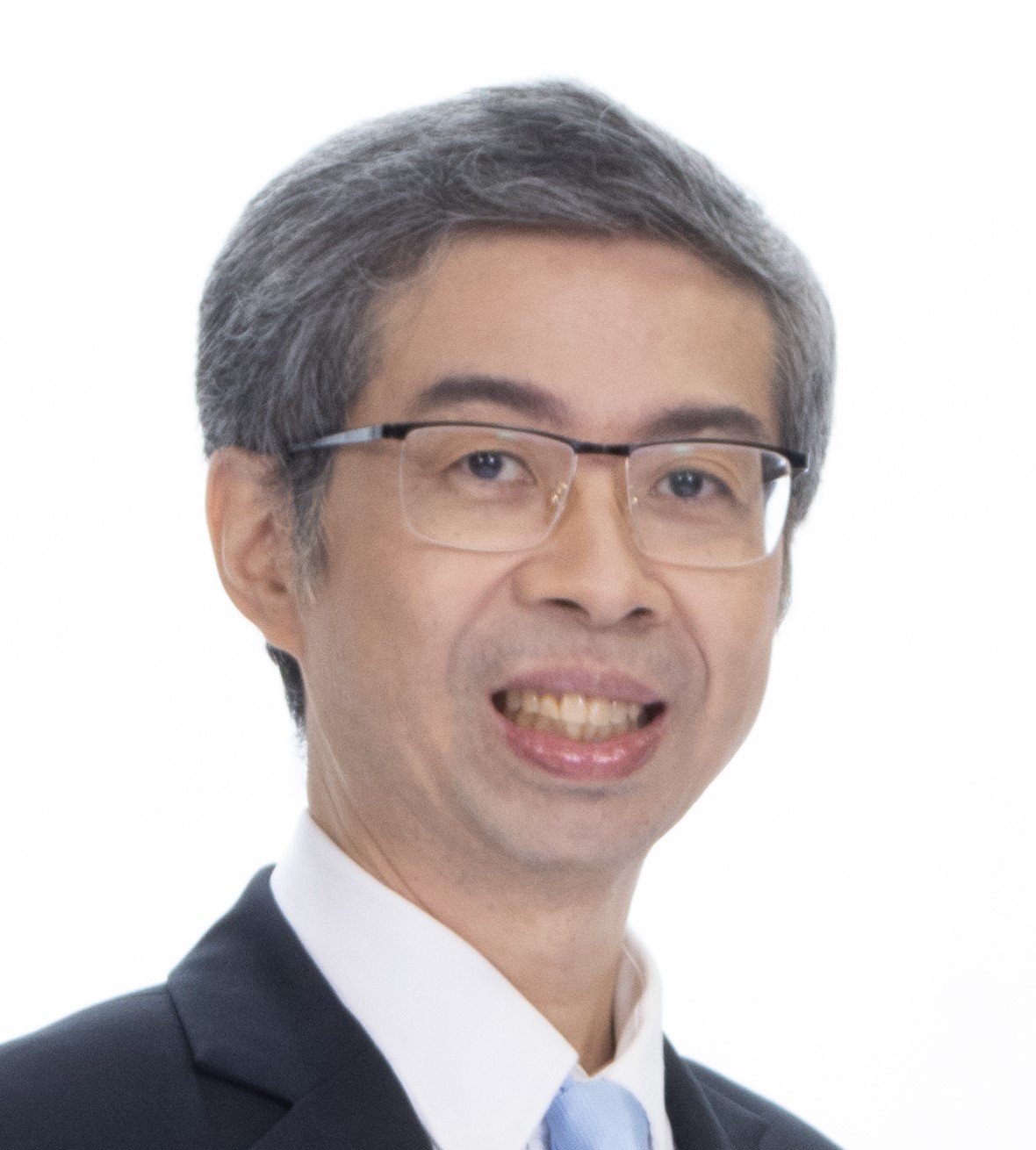
Sarun Sumriddetchkajorn
National Electronics and Computer Technology Center, Thailand
Biography:Dr. Sumriddetchkajorn received his B.Eng in Electrical Engineering (Honors) in 1994 from Khon Kaen University, Thailand. He earned his M.S. (1998) and Ph.D. (2000) in Optical Science and Engineering from University of Central Florida, USA. From 1994-1996, he was with Electro-Optics Lab at National Electronics and Computer Technology Center (NECTEC) under National Science and Technology Development Agency (NSTDA), Thailand, responsible for embossed hologram processing and computer generated holograms. Since 2001, he had rejoined NECTEC where he focused on solving technical issues related to agriculture, public health, security, and industry with optics and photonics. He also played leadership roles as Lab Director, Research Unit Director, Deputy Executive Director of NECTEC, Executive Director of NECTEC, and Acting Executive Vice President of NSTDA. He had also been Board Members of Thailand’s Digital Economy Promotion Agency. In addition, he was a Member of Advisory Committee for Thailand’s National Security Council on Science, Technology, and Digital and Chair of ASEAN Committee on Science and Technology’s Subcommittee on Information and Technology. He received the 2003 Young Technologist Award and the 2004 Young Scientist Award from the Foundation for the Promotion of Science and Technology under the Patronage of H. M. the King of Thailand. In addition, he was awarded the 2005 ICO/ICTP Award (a.k.a. ICO Gallieno Denardo Award) from the International Commission for Optics (ICO) and the ICTP. In 2002, he initiated the formation of the SPIE, Optica, and IPS Thailand Chapters. He is currently a Senior Member of IEEE. He is also a Fellow of SPIE and Optica.
Title of Presentation:Agri-Photonics in Action
Abstract:Agri-photonics has shown benefits of light exploitation in agriculture. This lecture starts with the overview of photonics sensing in precision agriculture. We then navigate from specific pain points in rice, sericulture, and shrimp farming sectors and present photonic-based prototypes that effectively address these issues with high potentials in scalability and affordability. Additionally, we briefly introduce the concept of combining optical plasmonic sensing with quantum technology, opening doors to future advancements of photonics sensing systems for agriculture and other applications.
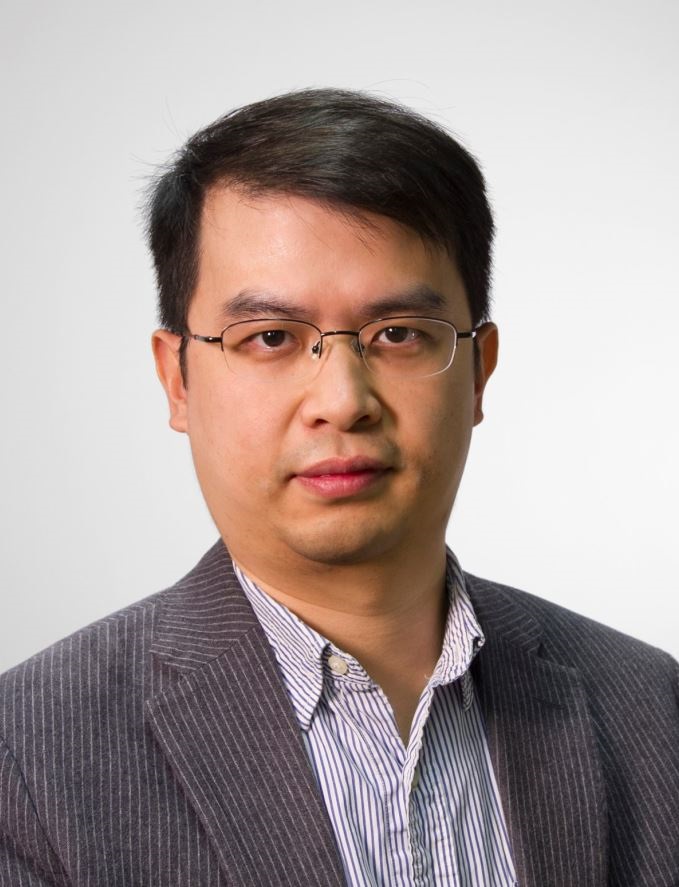
Guoan Zheng
University of Connecticut, USA
Biography:Dr. Guoan Zheng is the UTC Associate Professor at the University of Connecticut. He is also the Director of the UConn Center for Biomedical and Bioengineering Innovation (CBBI). Dr. Zheng is recognized for his pioneering work on Fourier ptychography, which has been adopted worldwide and become a standard tool in microscopy imaging. Dr. Zheng’s contributions have led to the publication of one book and more than 130 peer-reviewed articles, including those in top-tier journals like Nature Photonics, Nature Reviews Physics, Nature Protocols, Light: Science & Applications, and PNAS.
Title of Presentation:Lensless Coded Ptychography for Microscopy, Endoscopy, Metrology, and Non-line-of-sight Imaging
Abstract:We present the lensless coded ptychography technology and its applications across microscopy, endoscopy, metrology, and non-line-of-sight imaging. Our technique combines coded detection with ptychographic reconstruction to achieve high-resolution, phase-sensitive imaging without complex lens systems. We demonstrate how this approach enhances microscopy with extended depth of field and enables ultra-thin, flexible imaging probes for endoscopy. In metrology, we showcase sub-micron resolution surface profiling using our portable, handheld device. We also explore the application of our technique in non-line-of-sight imaging, reconstructing scenes hidden from direct view.
